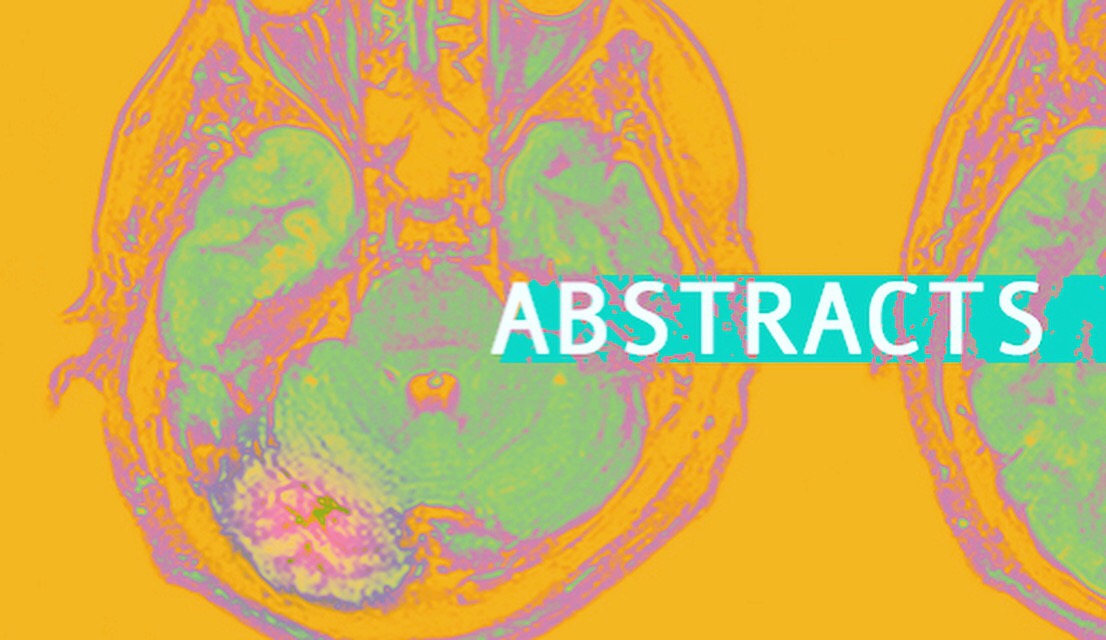Geriatric brain tumor management part II: Glioblastoma multiforme
Or Cohen-Inbar 1Affiliations expand
- PMID: 31227406
- DOI: 10.1016/j.jocn.2019.05.064
Abstract
The elderly (?60 years) population increases rapidly, at a projected 2.9%/year increments by year 2050. The concept of Frailty can be outlined using one of two models, the phenotypic or deficit based models, serving as a clinical tool to measure the overall health and risk of adverse events. There is a linear correlation between frailty and poor survival in the elderly. Different pathological entities behave differently in the geriatric population and respond differently to standard treatment, which merits a specific focused discussion and research. We present a two parts review discussing the unique features of the elderly patient harboring an intracranial neoplasm. In this Part-II, we review the management of Glioblastoma-Multiforme (GBM) in the elderly population. GBM is the most common primary brain tumour in adults. The number of elderly patients with GBM is expected to double in the next 2 decades. Age serves as both a negative prognosticator and a risk factor for GBM. The reported OS for newly diagnosed GBM is 15 months, yet it is worse for elderly GBM patients, which seem to feature a relentless course with progressive and rapid loss of neurologic function and resistance to treatment. In spite of accumulating evidence, the optimal management of elderly patients with GBM is still controversial, driven by concern that any treatment may be less effective and more toxic in the elderly. Treatment decisions should be made in the context of a comprehensive geriatric assessment.

